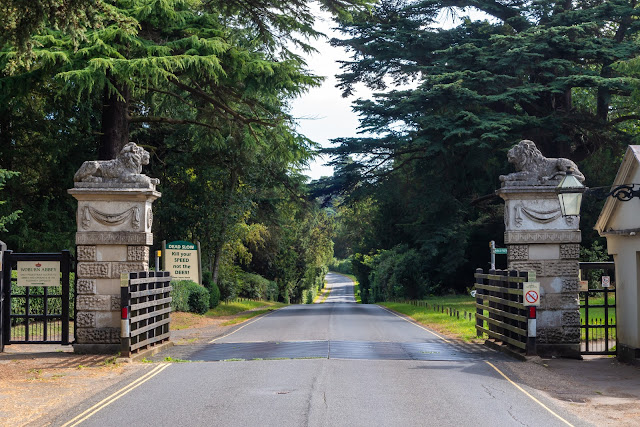The Wasp Spider at Minsmere

We had heard of the Wasp Spider (Scientific name: Argiope bruennichi) being seen in Minsmere Nature Reserve, so decided to spend some time trying to track down this elusive spider and perhaps get some photos. The day we visited was wet am, but started to clear later morning but there was quite a strong wind blowing. Not daunted, we headed along the dunes, where they had been seen, and before to long Rosey had spotted a beautiful female in her web. So, a couple of my photos - despite the gale blowing! To say I was pleased to get these image is an understatement! The wasp spider is a great mimic - looking just like a common wasp keeps it safe from predators, even though it is not dangerous itself. An introduced species, it can be found in Southern England, but is spreading north. The wasp spider is a very large, colourful spider that is a recent arrival in the UK from the continent and has slowly spread over the south of England. It builds large orb webs in grassla...



